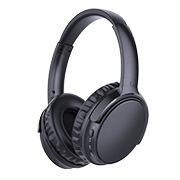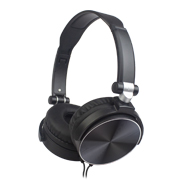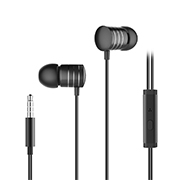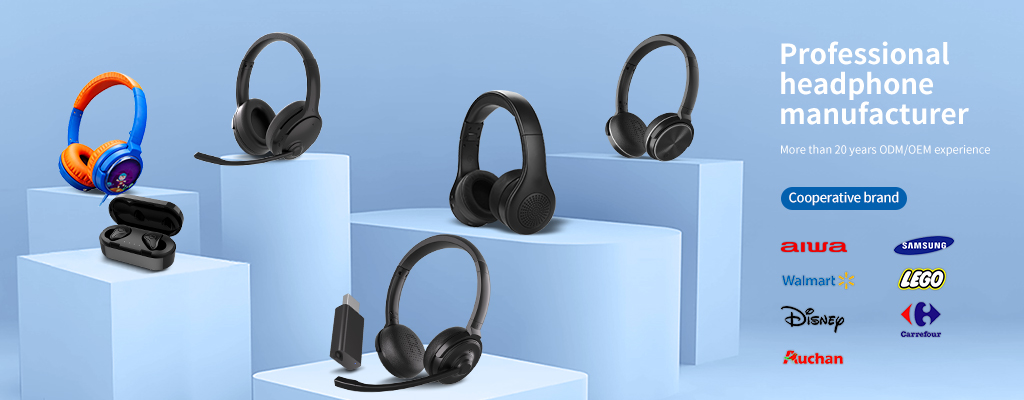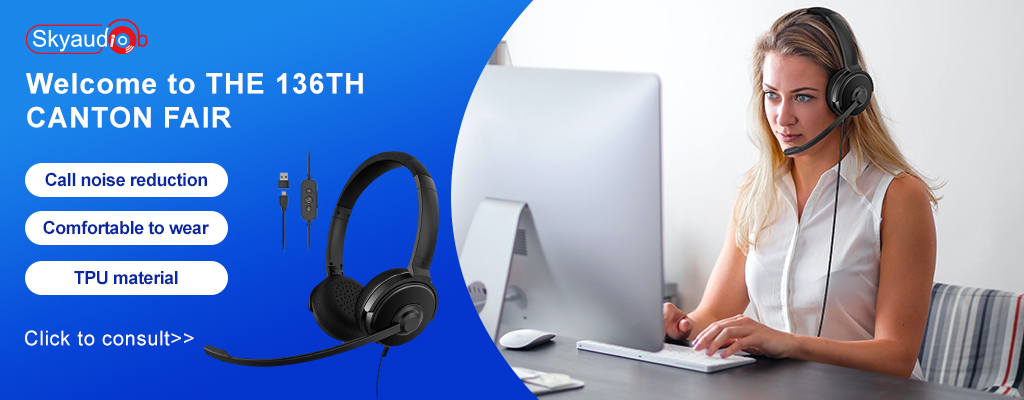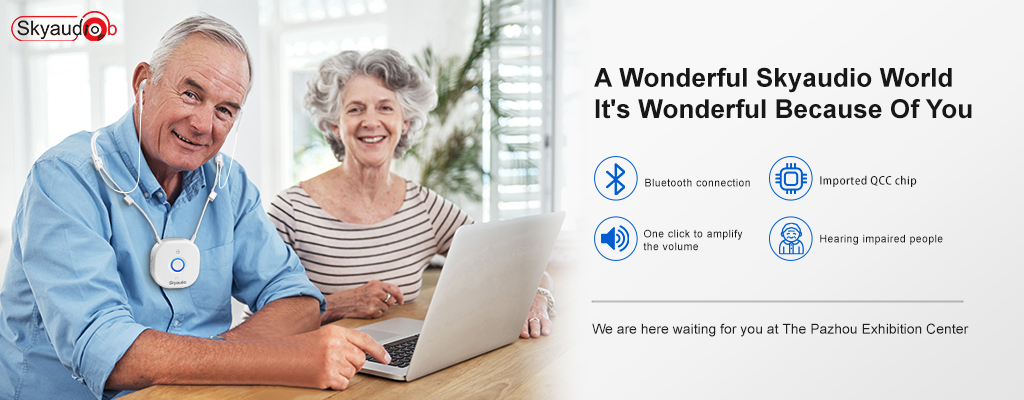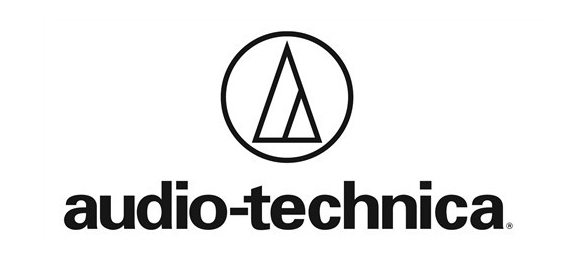
- factory address
D Building,Pioneer Park,3rd Industrial Zone Fenghuang Village, Fuyong Town,Baoan DistrictShenzhen,Guangdong,China
How to choose headphones Series--step4
How to choose headphones
Investigate the frequency range. A wider frequency range means you can hear more from the music; large ranges such 10 Hz to 25,000 Hz will often be recommended - anything within that range will be fine.
More importantly, notice the sound curve, frequency response curve,
sound signature, whatever you want to call it. If the low end is higher
on the line graph, there will be more bass. This does not mean that the
bass will be more precise or better. For example, Beats headphones tend
to be very bass boosted, yet the bass is commonly described as muddy and
boomy with no precision.
Typically, most headphones under $100 will have a U curve - meaning the
mid-range is cut out. They may sound "fun" and pleasing to the ears at
first, but you won't be able to analyze the layers of music easily. Flat
response headphones don't favor any range, meaning you'll hear every
layer of the music equally. However, the first impression if you're used
to U curves is usually "these have no bass" or "they sound boring".
Most people just need to grow into that sound signature to enjoy it.

Don't look for noise-canceling features unless you're willing to shell out the big bucks. Anything less than around $200-250 isn't worth the price. Even if you're the frequent traveler type, noise-canceling, 90% of the time, just isn't worth the money. Some of your music might get canceled out as well, forcing you to turn up the volume. If you really do need noise reduction, however, look for brands like Etymotic, or Bose which have spongy earplugs that fill the ear canal.
A cheap way to cancel background noise might also be to just put
over-ear hearing protectors (from the hardware store) over earbuds to
cancel out most ambient noise. On the other hand, if you're not overly
fussy, you may find lower priced noise-cancelling earbuds or headphones
have considerable benefit for reducing background noise in airplanes,
cars or public transportation. Panasonic (just one brand of many) makes
an acceptable noise-cancelling earbud for just $50.

Test them out. The best way, really, to know if headphones can go loud enough for you is to test them out. Try on a friend's pair (if they're cool like that) or go to a good electronics store that will let you try on the headphones. Having around $200 in cash handy and going to a store with a 30-day return policy will make the electronics store your unwilling friend while you learn what types of headphones you really want. Out of courtesy, however, always clean the wax out of your ears before trying on any headphones or earbuds!

Look for the impedance of the headphones. To get the best out of your headphones, you should match the impedance of the headphones to the audio equipment you are using.[1] This is measured in ohms. In reality if you don't this usually means that you will need to turn up the volume slightly compared to a matched pair of headphones.

Finally, use your ears! You are the person who is going to be using these headphones day in day out. If a $50 pair of headphones sounds the same as a $1000 pair of headphones, go for the cheaper pair. The sound quality is not going to change just because they are more expensive! The only thing to remember is the overall build quality of the headphones - are they going to last as long? Does it matter if they are that much cheaper?


